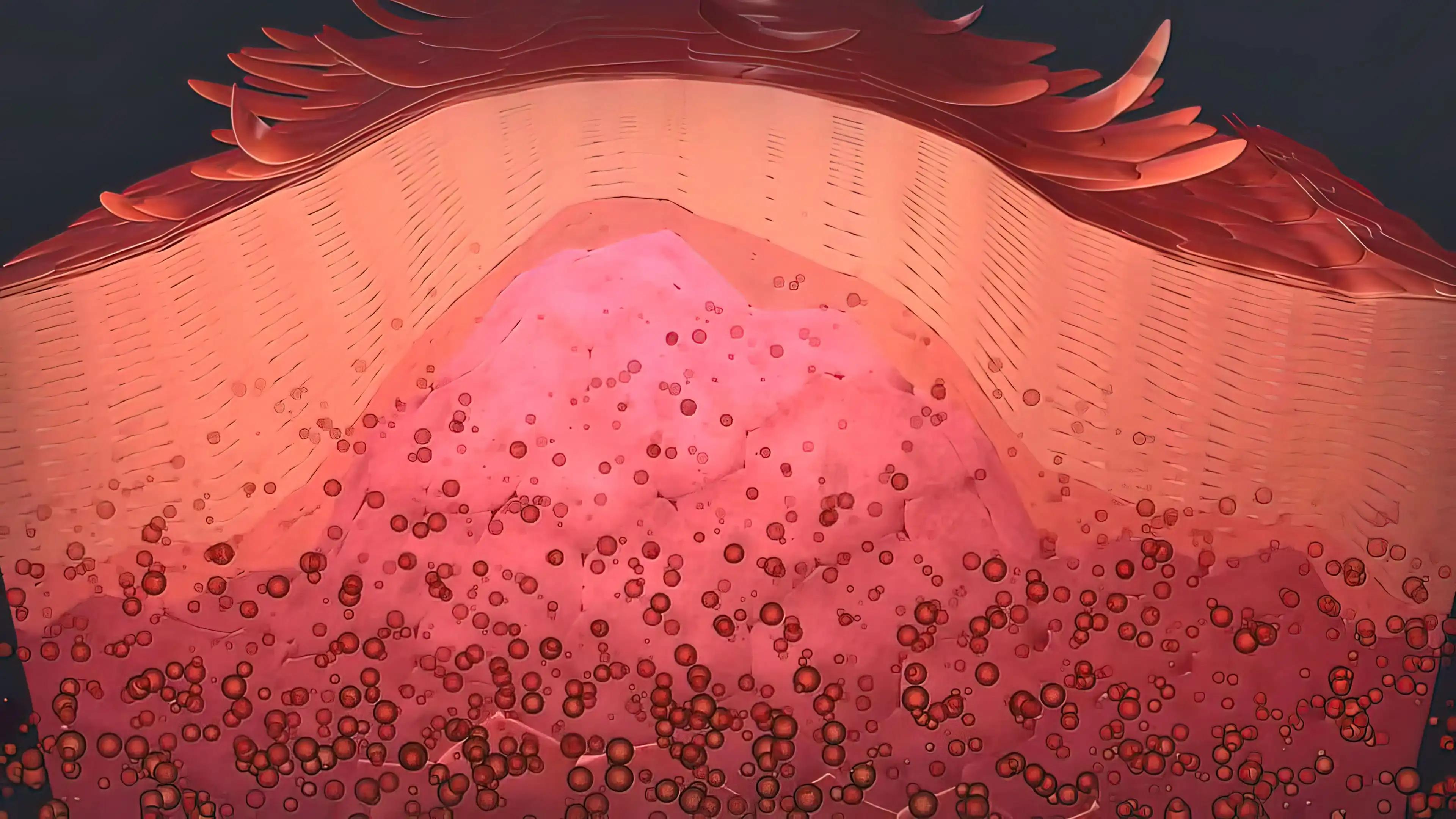KEY TAKEAWAYS
- This NEO ALTTO phase III study investigated the addition of lapatinib to chemotherapy plus trastuzumab in HER2-positive early breast cancer.
- The addition of dual anti-HER2-targeted therapy to chemotherapy significantly increased the rate of pathological complete response (pCR) compared to single blockade.
- The study found a durable survival benefit of neoadjuvant anti-HER2 therapy in patients with HER2-positive breast cancer, irrespective of treatment arm.
- Women who achieved a pCR had significantly improved event-free survival (EFS) and overall survival (OS) compared with those who did not.
- The numerical difference in survival according to pCR status was greater in women treated with the combination of lapatinib and trastuzumab and those with hormone-receptor-negative tumours. No new or long-term safety concerns were reported.
When added to chemotherapy, a dual anti-HER2-targeted therapy significantly increased the rate of pathological complete response (pCR) in breast cancer (BC). However, there is a lack of information on how this incremental improvement in pCR affects survival over the long term.
The international, randomised, open-label, phase III study Neoadjuvant lapatinib and/or trastuzumab treatment optimisation (NCT00553358) is studying the addition of lapatinib to chemotherapy plus trastuzumab in HER2-positive early BC. Intent-to-treat population evaluations of 10 year EFS, OS, and safety. EFS and/or OS were analysed in relation to pCR in a landmark population.
Totaling 455 people, they were split into three groups and given either lapatinib (154), trastuzumab (149), or both (152). For the lapatinib group, the estimated EFS at 10 years was 63% (95% CI, 54%-71%), for the trastuzumab group, it was 64% (95% CI, 55%-72%), and for the combination group, it was 67% (95% CI, 58%-74%). In the lapatinib group, the trastuzumab group, and the combination group, the ten-year OS rates were 76% (95% CI, 67%-83%), 75% (95% CI, 66%-82%), and 80% (95% CI, 73%-86%) respectively. For both EFS (hazard ratio 0.48, 95% CI, 0.31-0.73) and OS (hazard ratio 0.37, 95% CI, 0.20-0.63), women with a pCR fared better than those who did not.
Women treated with the combination and those with hormone-receptor-negative tumours had a larger numerical difference in survival based on pCR status. No fresh or persistent safety issues arose. Overall, neoadjuvant anti-HER2 improved survival for patients with HER2-positive BC for a long time. The prognosis for patients who achieve pCR is much brighter than that of those who do not.
Source: https://pubmed.ncbi.nlm.nih.gov/36641898/
Clinical trial: https://clinicaltrials.gov/ct2/show/NCT00553358
Nuciforo, P., Townend, J., Piccart, M.J., Fielding, S., Gkolfi, P., El-Abed, S., de Azambuja, E., Werutsky, G., Bliss, J., Moebus, V., Colleoni, M., Aspitia, A.M., Gomez, H., Gombos, A., Coccia-Portugal, M.A., Tseng, L.-M., Kunz, G., Lerzo, G., Sohn, J. and Semiglazov, V. (2023). Ten-year survival of neoadjuvant dual HER2 blockade in patients with HER2-positive breast cancer. European Journal of Cancer, 181, pp.92–101. doi:https://doi.org/10.1016/j.ejca.2022.12.020.



